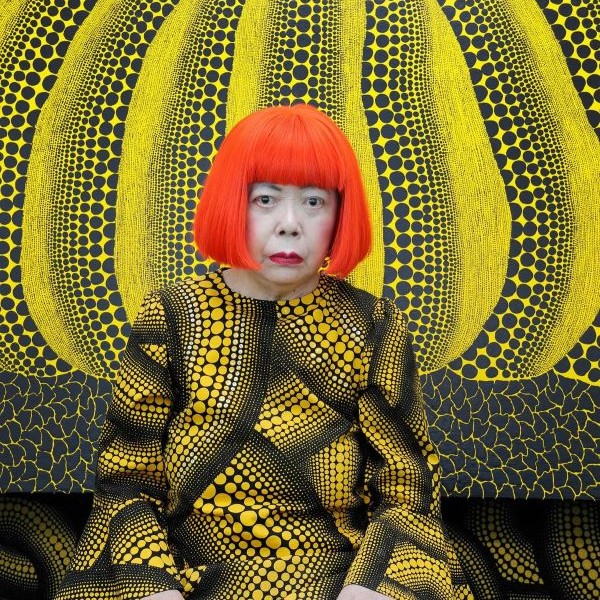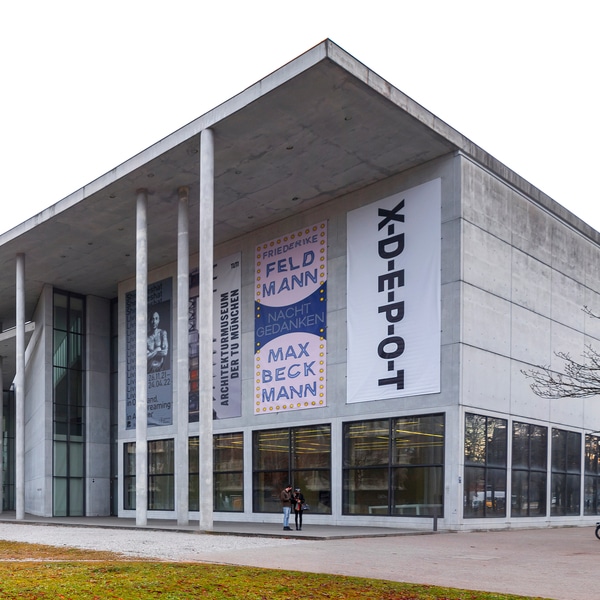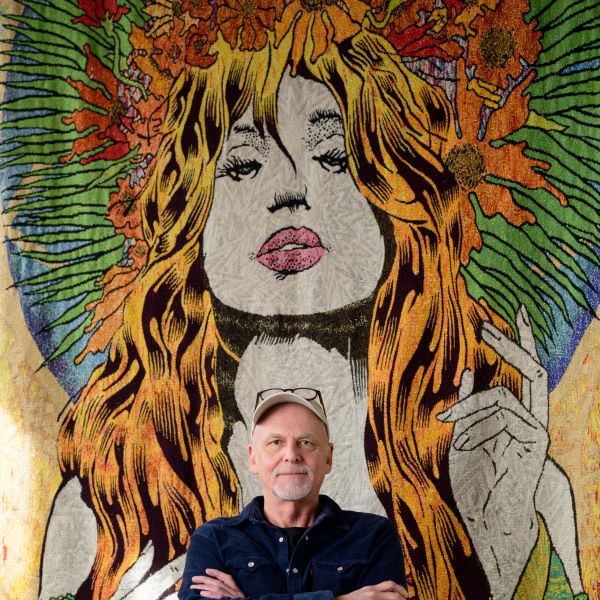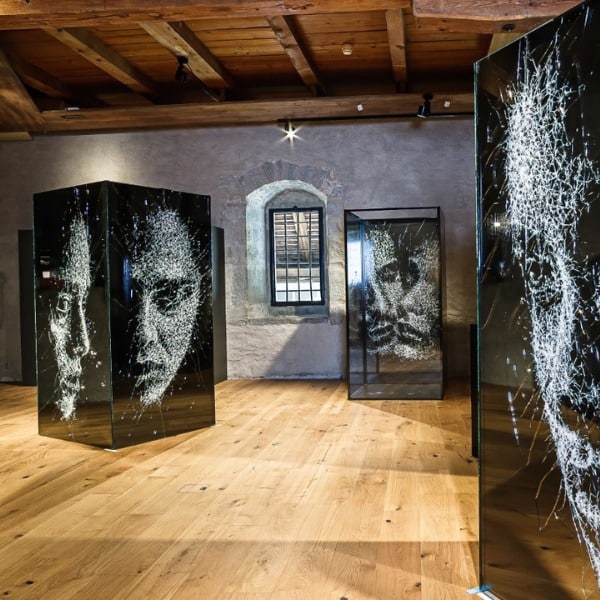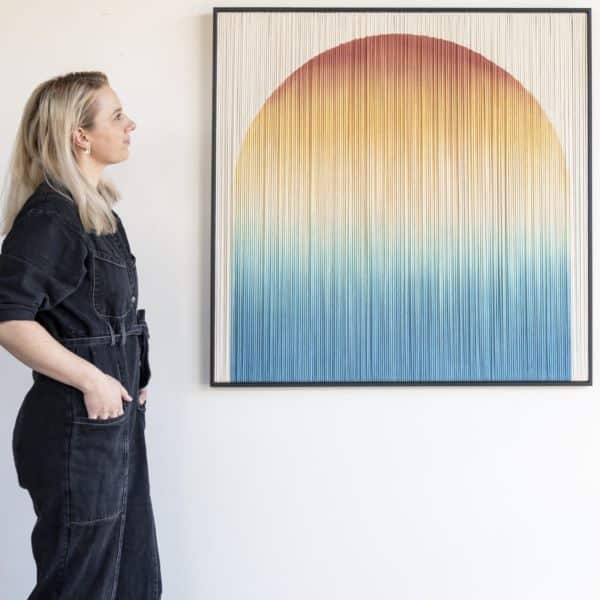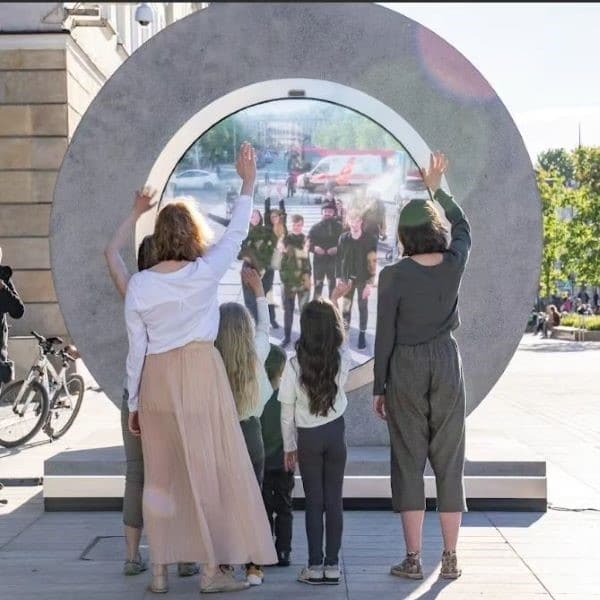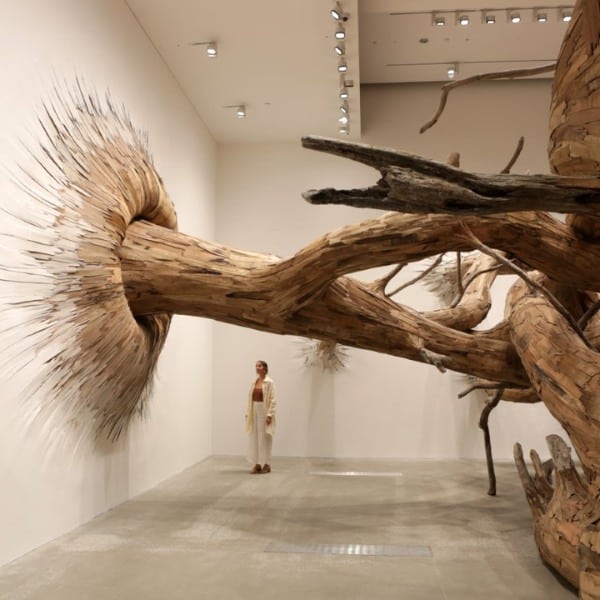
Photo: Arts + Culture
For decades, Japanese artist Yayoi Kusama has experimented with multiple mediums and styles of artistic expression. While her experience spans drawing, painting, collage, sculpture, and performance art, she is perhaps best known for her immersive—and seemingly infinite—Mirror Room installations.
Introduced in the 1960s, these interactive, large-scale pieces invite viewers to wander through surreal environments. Some, like Phalli's Field, Dots Obsession—Love Transformed into Dots, and Love is Calling feature soft sculptures covered in repeating patterns of polka-dots. Others, like Aftermath of Obliteration of Eternity and The Souls of Millions of Light Years Away employ arrangements of ethereal lights that appear to never end.
Since she began exploring and experimenting with mirrors, Kusama has created 20 of these immersive environments. Here, we look at 7 of her most mesmerizing Mirror Rooms—many of which continue to dazzle audiences as major museums today.
Infinity Mirror Room—Phalli’s Field

Photo: @feefiforum
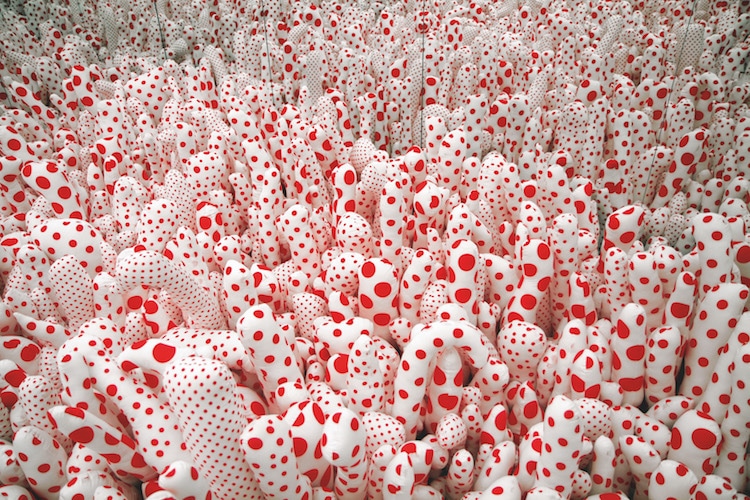
Photo: Latin American Art Museum of Buenos Aires
In 1965, Kusama debuted Infinity Mirror Room—Phalli’s Field in New York. Referred to quite literally as a “Floor Show,” this installation features fabric “protrusions” piled on the floor. Thanks to strategically-placed, mirror-lined walls, the “fields” of these surreal sculptures appear to go on forever, resulting in an experience both dizzying and disconcerting.
In addition to these soft sculptures and reflective walls, Phalli’s Field also features a small, nearly invisible platform where visitors can properly view the installation. This simple set-up of a camouflaged viewing platform surrounded by 3-dimensional structures would go on to serve as the layout for most of Kusama's Mirror Rooms.
Dots Obsession—Love Transformed into Dots (2006)
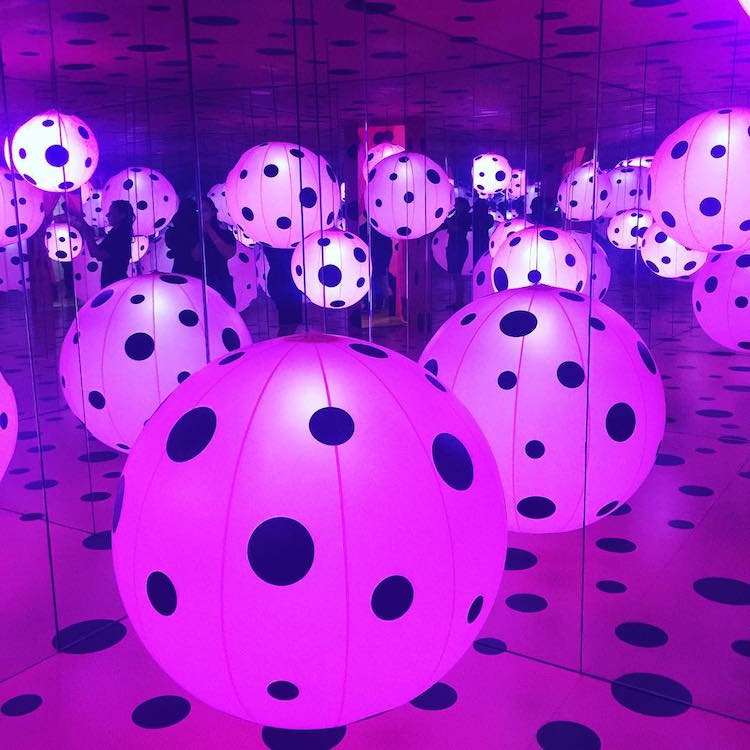
Photo:
samidhaghosh
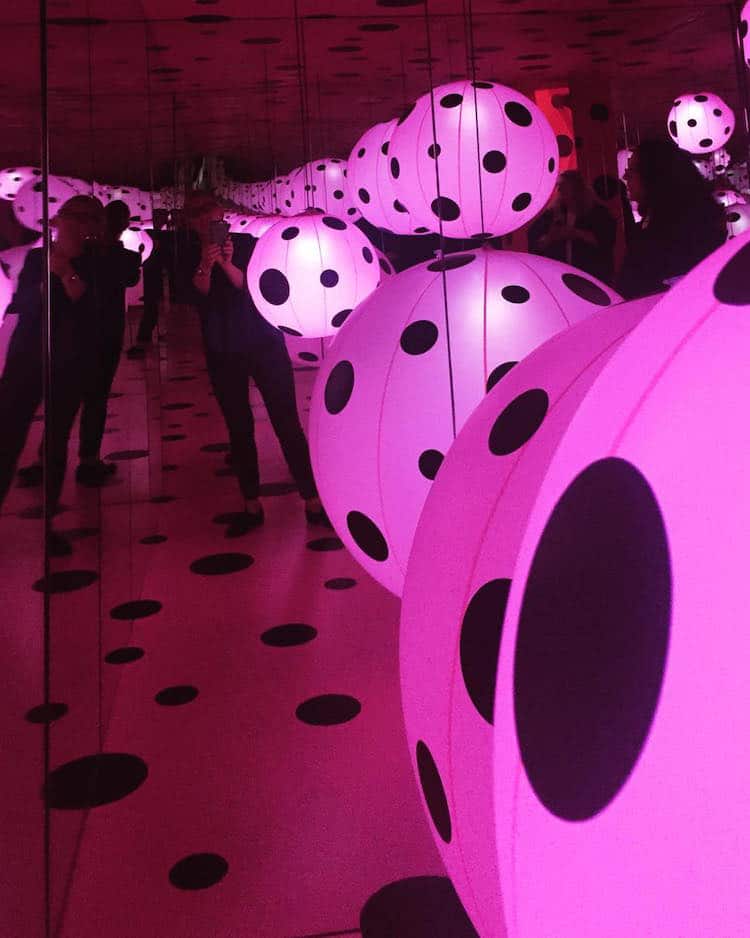
Photo: juliakuskin
As a young child, Kusama began her lifelong love affair with polka dots. This aesthetic would dominate her portfolio, extending even into her work produced today. Her fascination with the pattern is perhaps most clearly expressed in Dots Obsession—Love Transformed into Dots, a Mirror Room created in 2006.
Set in glowing red, globe-like tents, the installation invites viewers to enter an environment completely dominated by polka dots. As one enters the red-and-black space, he or she encounters suspended orbs and identically-decorated floors and ceilings. This all-over aesthetic is further emphasized by the mirrors, which make the installation appear to go on forever and emphasize the power of the pattern. “Polka dots can't stay alone,” Kusama explains. “When we obliterate nature and our bodies with polka dots, we become part of the unity of our environments.”
Aftermath of Obliteration of Eternity
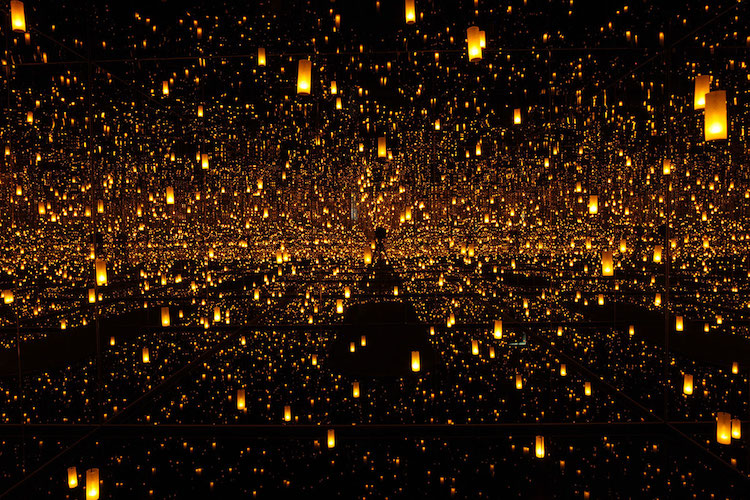
Photo: zsreport
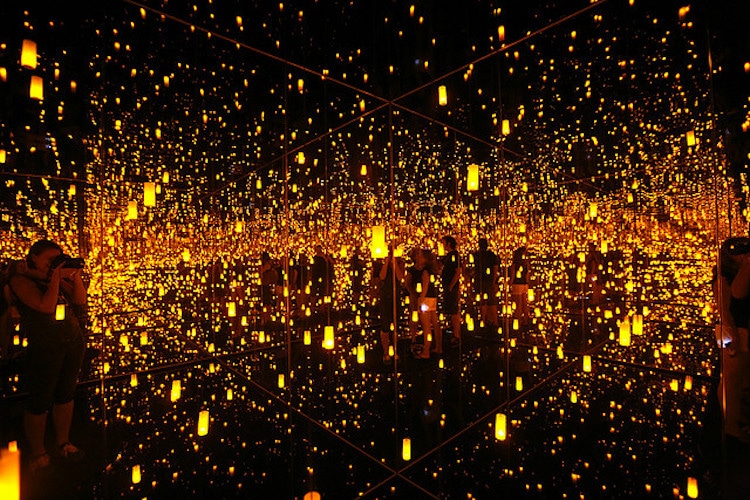
Photo: LIGHTart
This penchant for polka dots remained with Kusama into adulthood. As a young artist in New York City, Kusama produced paintings and drawings inspired by her own subconscious perceptions of the pattern.
In 1954, she described the impetus behind Flower (D.S.P.S), a psychedelic painting composed of colorful dots. “One day,” she explains, “I was looking at the red flower patterns of the tablecloth on a table, and when I looked up I saw the same pattern covering the ceiling, the windows and the walls, and finally all over the room, my body and the universe. I felt as if I had begun to self-obliterate, to revolve in the infinity of endless time and the absoluteness of space, and be reduced to nothingness.”
While Aftermath of Obliteration of Eternity—a Mirror Room installation from 2009—strays from Kusama's well-known dotted motif, it still relies on repetition to immerse viewers in their environments and communicates Kusama's fascination with the idea of obliteration. Featuring swarms of sparkling, lantern-like lights, the installation explores the idea that “we keep flashing, disappearing, and again blossoming out in this Eternity.”











































































